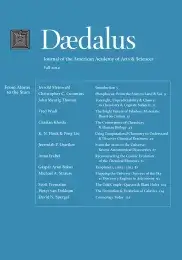From the Atom to the Universe: Recent Astronomical Discoveries
Astronomy starts at the point to which chemistry has brought us: atoms. The basic stuff of which the planets and stars are made is the same as the terrestrial material discussed and analyzed in the first set of essays in this volume. These are the chemical elements, from hydrogen to uranium. Hydrogen, found with oxygen in our plentiful oceanic water, is by far the most abundant element in the universe; iron is the most common of the heavier elements. All the combinations of atoms in the complex chemical compounds studied by chemists on Earth are also possible components of the objects that we see in the cosmos. Although almost all of the regions that we astronomers study are so hot that the more complicated compounds would be torn apart by the heat, some surprisingly unstable organic molecules, such as cyanopolyynes, have been detected in cold regions of space with very low density of matter. Nevertheless, the astronomical world is simpler than the chemical world of the laboratory or the real biological world.
But the enormous spatial and temporal extent of the cosmos allows us–and in fact forces us–to ask questions that would seem offbeat to a chemist. Where do the chemical elements come from? Precisely how, where, and when were they made? Do the abundances of the elements change with time? Does alternative “matter” that is not made of the ordinary chemical elements exist and exert gravity in the universe? We in the trades of astronomy and astrophysics must ask ourselves these questions–and they are only the beginning. . . .
